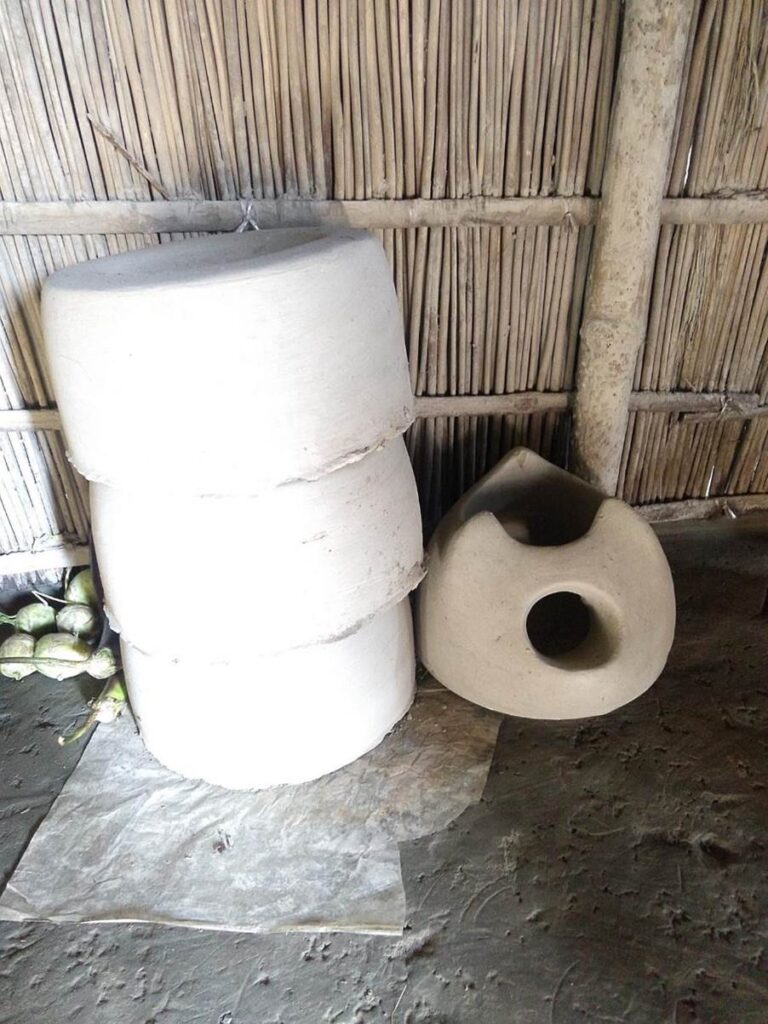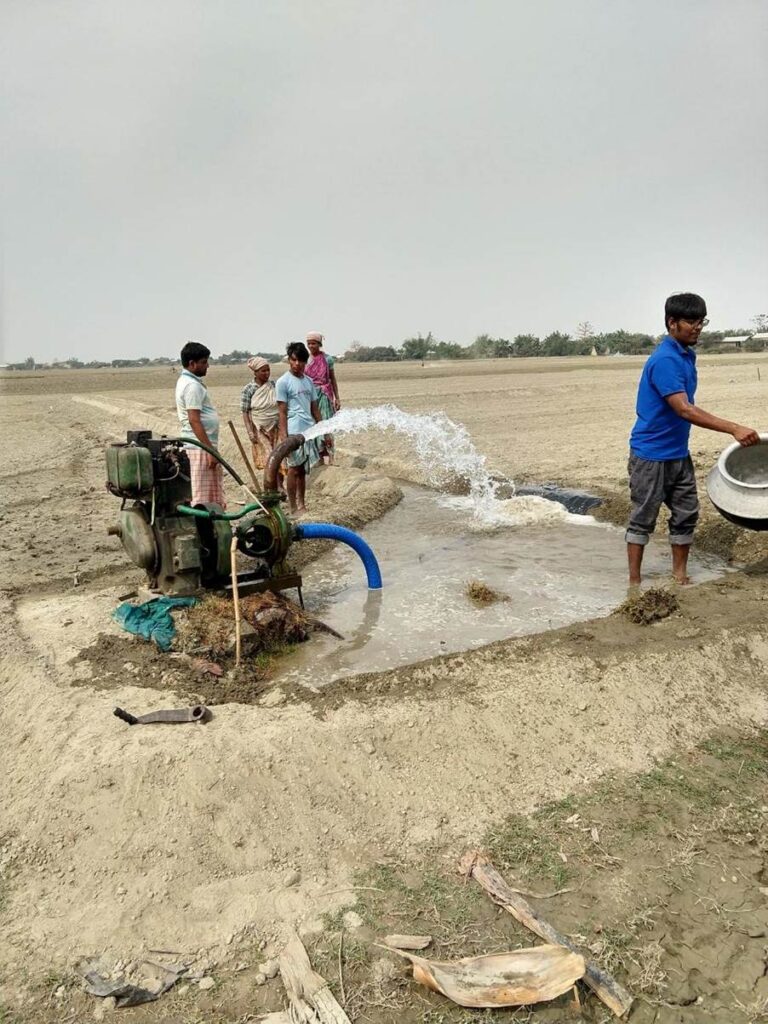People and Nature in the moving river islands of eastern India
In this photo essay, Sampurna Das explores the notion of ‘volatility’ in the river islands of Assam, eastern India. Sampurna draws from Krause and Eriksen’s (2023) conceptualisation of volatility, who see it as a way of life between ‘flexibility’ and ‘crisis’.
The photo essay explores what life in a shifting ecology means and does to its inhabitants. Engaging with volatility as a framework is to acknowledge the hardships and challenges of living in moving river islands and the hopes and opportunities available in these volatile ecologies.
Some islands are less solid and reliable than you might imagine. In the rivers of Assam, the islands move. The local name for them is chars: they are shifting landscapes that continuously appear and disappear, accrete and erode.
Volatility is a daily reality for the char or river island people of Assam. Their lives challenge the boundaries between nature/culture and land/water that are built on ideas of predictability and control.
Amid the shifting, changing river landscape, various different embankments have been used by administrators – from British colonial times to the present day – on the basis that char ecology is chaotic and needs to be controlled.
But the people of the chars don’t see it that way. Instead, their lives suggest volatility as an alternative way to see the local ecology and the relations between nature/culture and land/water.
As islands have moved and changed over the centuries, so people have developed traditions and strategies to live with the shifting landscape and waterscape of the river. But new construction projects and technologies have brought new uncertainties.

Noor calls his friend to help him relocate to a different part of the river island after the annual flood has eroded his backyard. This is the eighth time Noor will move his household since he was married fifteen years ago. A stack of maize is also visible in the backdrop, damaged due to prolonged inundation. Maize is one of the cash crops of the river island region in Assam.

Noor’s friend is helping in dismantling his thatch and tin house and loading it onto a wooden boat to move eastwards. In the backdrop, submerged mustard plants can be seen.
Noor says that, in recent years, with the building of dams upstream, the Brahmaputra River has become much more volatile, making it difficult to predict the flood cycles. The construction of dams in the Brahmaputra river can be traced back to British colonial engineering efforts.

Surma was making portable mud stoves on a sunny winter morning in January. Women in the river islands make these mud wares during the dry winter months, in preparation for the monsoons and flood season. During the floods, when their kitchens are inundated, women use these portable mud stoves for cooking on boats.

Surma’s finished mud ware, including the stove itself, and mud blocks used to adjust the height of the stove.

Wooden boats or nau are kept submerged in the river when not used, to protect them from termites.

The state has used different techniques to try to limit river erosion. One of them is to install these bamboo poles on the edges of the river islands, marginally reducing erosion and increasing silt deposits.

The people of the river islands have differing views on the effectiveness of bamboo poles to manage erosion. For most people, these poles restrict their smooth passage to the boats, which are the only means of transport connecting these river islands to the inland areas. They believe that corrupt local middlemen, patrons and low-level bureaucrats have most to gain from these river management schemes.

Another traditional means of living in the moving char landscape is storing food (for example, lentils and rice) in elevated pantries known as bhoral.

There are three thatch baskets (dhammas) in this bhoral, containing two varieties of rice and lentils respectively.

As the pattern of monsoons has become more erratic, the state has introduced genetically modified (GM) rice varieties. These require relatively more irrigation and labour, limiting their use to the wealthier people in the river islands. Because GM rice requires intensive irrigation, it has also depleted groundwater levels, affecting the traditional cultivation of crops like wheat, jute, and mustard.

Monira, a daily wage worker, rests after sowing GM paddy saplings. During her interview, Monira at length questioned the validity and usefulness of rice projects that require intensive and expensive irrigation.

The rationale for introducing GM rice through subsidies was to enable food production in waterlogged areas and reduce the amount of crops lost to floods. Locally known as IRRI dhaan (rice), this GM rice variant is one of the many varieties developed by the International Rice Research Institute (IRRI) in the Philippines.

A group of daily wage workers sowing GM paddy saplings. It is mostly women who sow the saplings as they are cheaper to employ than men.
The char community question the discourse that presents chars as places that are hazardous, isolated, chaotic, and overall not fit for humans. They challenge the view of nature as something that needs to be controlled to make it liveable and productive; as something separate from society.
They argue instead that nature does not need to be ‘harnessed’, or to be of a certain kind, for it to sustain viable social life: people (society/culture) and nature dialectically constitute each other without one needing to control the other. The dialectical forces between people and nature enable life in the chars through its volatility. Char societies constantly recalibrate the volatility in their present and future lives.
Volatility is a way of life marked by scales of crisis, vulnerability, possibility, flexibility, solidarity and care. In the shifting landscape of the Brahmaputra, the volatile chars propel lives that are always in the making.
References
Krause, F., & Eriksen, T. H. (2023). Inhabiting volatile worlds. Social Anthropology/Anthropologie Sociale, 1 (aop), 1-13.
This article is part of our season on Strange Natures.